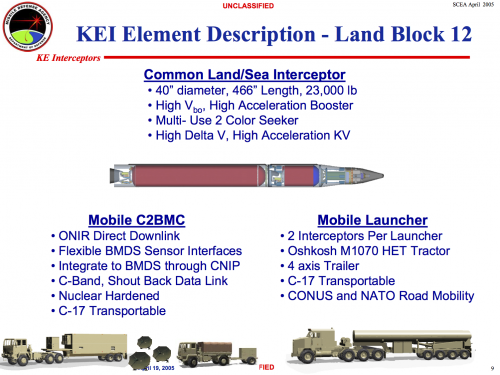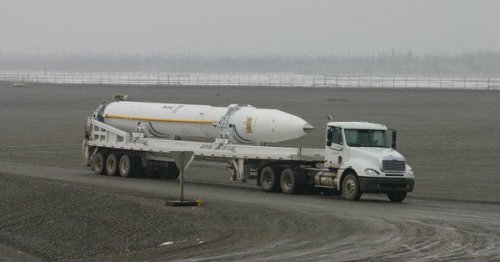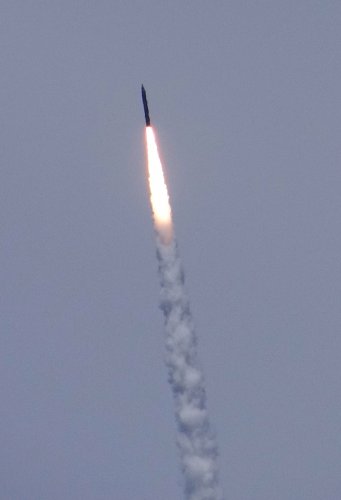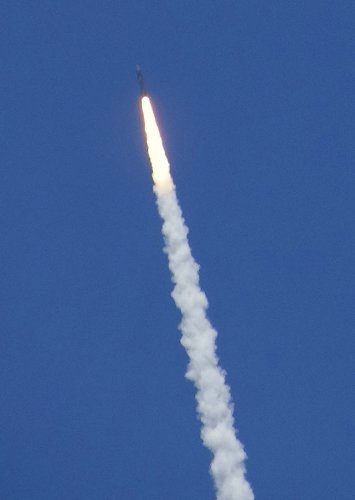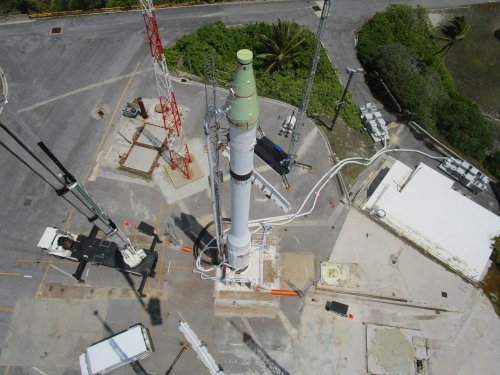The Missile Defense Agency has approved Lockheed Martin's preliminary design for the Long Range Discrimination Radar -- a program central to Pentagon plans to improve homeland defense by bolstering the Ground-based Midcourse Defense program with an unprecedented ability to detect ballistic missile threats by the end of this decade.
The LRDR is a nearly $1 billion project to emplace a new radar in Alaska by 2020 as part of the agency's plans to upgrade the GMD program to what it calls the Robust Homeland Defense configuration by providing an improved persistent view of long-range ballistic missiles -- particularly those launched from North Korea -- during the midcourse of flight.
Following a March 21-22 review chaired by two senior MDA officials -- Keith Englander, director for engineering, and Rich Ritter, director for command, control, communications, computers, intelligence, surveillance and reconnaissance -- the government approved the development project to proceed with further design efforts, according to Chandra Marshall, Lockheed Martin program director for LRDR.
The two-day assessment, at Lockheed's Moorestown, NJ, facility, included assessments of a prototype LRDR system.
"Lockheed Martin utilized a scaled LRDR system to successfully demonstrate Critical Technology Elements in a relevant end-to-end environment," according to an April 20 company statement.
Marshall, in an April 20 interview with reporters, declined to identify specific technologies assessed during the review, citing classification sensitivities.
"But I can tell you that one of the key areas, one of the technology upgrades we made . . . is introducing dual-pol technology," Marshall said, using the shorthand for "dual-polarized." This technology -- used today by weather-forecasting radar -- "improves the ability to maximize discrimination," she said.
By incorporating dual-pol technology, the LRDR promises to provide a two-dimensional view of a ballistic missile's track. The two-face radar will send both horizontally and vertically polarized electromagnetic waves; when these bounce off a threatening ballistic missile and are received back, each wave is separately processed and then synthesized to produce a two-dimensional view.
During the review, Lockheed persuaded MDA officials that key technologies for the new radar are Technology Readiness Level 6, meaning a system or subsystem prototype was demonstrated in a relevant environment, according to Marshall. The program also demonstrated Manufacturing Level Readiness 6, which indicates ability to proceed into engineering and manufacturing development.
Next month, MDA will review Lockheed's design proposal for the equipment shelter that will house the new radar, due to eventually be installed at Clear Air Force Station, AK. In September, MDA plans a critical design review of the new radar followed by a final design review in November; a production decision is expected in the spring of 2018, according to Marshall.
Lockheed is due to deliver the radar to MDA in 2020, she said.
The high-powered S-band radar incorporates gallium-nitride components and is similar to the Space Fence radar system Lockheed is building for the Air Force “but is additionally capable of discriminating threats at extreme distances using the inherent sideband capability of the hardware coupled with advanced software algorithms,” according to the company statement.
"The key part of this radar is the ability to do precise, long-distance detection and characterization of ballistic missiles," said Marshall. "This radar can do that better than any radar fielded today."
Gen. John Hyten, head of U.S. Strategic Command, told the Senate Armed Services Committee on April 4 that the LRDR is a top priority.
Along with the LRDR, MDA plans other enhancements as part of the Robust Homeland Defense modernization phase of the GMD program, including the Upgraded Early Warning Radar, a redesigned kill vehicle, a new ground-based interceptor booster design -- the C3 -- to outfit the fleet with new 50-inch-diameter boost vehicles to lift the exoatmospheric kill vehicle in a position to intercept an incoming ballistic missile warhead, and other ground system improvements.
In October 2015, MDA awarded Lockheed a contract potentially worth $784 million to develop, deploy, test, and operate the LRDR. MDA's fiscal year 2017 budget request outlines plans to spend $896 million on the new radar between 2015 and 2021.


